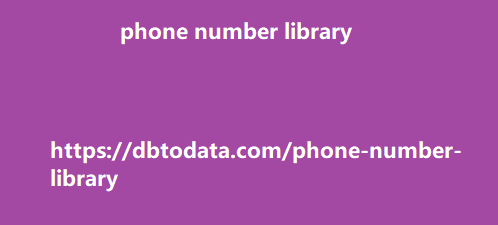Final image: If the end result can be accurately described by an image, ensure this image is present on the page, and your HowTo markup includes it using the image property. as the one marked up for the last step. Content: Don’t use HowTo markup for recipes. Recipes should use the Recipe structured data instead. Articles and general advice content that is not a specific set of instructions are not appropriate for HowTo markup. Applying how-to schema on your blog writing Understanding the how-to schema objects/elements Required: Name – title of your article HowToStep or HowToSection – full instructions of each step in the How-To article Recommended: description – further description of the How-To step estimatedCost – the estimated cost of completing the guide image – a photo of the step for better details supply – an item needed that is consumed to complete a step tool – an item needed but is not consumed to complete a step totalTime – the total time needed to finish the guide video – the full video of the guide video.
hasPart – a clip of the full video that
indicates a single step video.hasPart.endOffset – the end time of the clip from the beginning of the video video.hasPart.name – the full name of the clip hasPart.startOffset – the start time of the clip from the beginning of the video video.hasPart.url – a link to the specific time of the clip in the full video Prepare the code and fill in the details To save you time, you could simply copy and paste this code that I did for the Comprehensive SEO Audit Guide I wrote. There are also a bunch of schema generator websites available or you could also copy the code in the how-to schema guidelines.
Test your code and deploy Once you are
done filling in all the details, you now need to check your code for errors. I recommend the Google’s Rich Results Test. The Rich Results test can verify structured data either via a URL or code snippet. It can give you a preview of how your website will look like in the search results. rich results Once everything is perfect, you can now deploy your code! Since the how-to schema is placed in a specific page, I would recommend putting it at the start of the <body> of the HTML code. Resubmit in Google Search Console This step is not really required because Google will eventually crawl updates on your page within a few days but just to make sure it gets indexed, you can use the URL inspection tool in Google Search Console and request for reindexing of the page/s you updated.
How it would look in the SERPS In the Rich
Results Tests, you could click Preview and it will show you how your content will appear in the search results for a How-To Rich Result. rich results serps for blog writing Monitor how-to schemas in Google Search Console Once Google is able to crawl the how-to structured data on your blog posts, you will notice a new section under “Enhancements” in your Google Search Console account labeled “How-To”. This is where you can see all the valid how-to pages in your website and should they have any errors or warnings. Always remember that Rich Results are not guaranteed. Do not get frustrated if you are not seeing How-To rich results for your website since it depends on Google’s algorithm if it is going to show Rich Results for a specific search result.
How to update and enhance old blog posts
Let us say that you finally have a lot belize phone number library of blog posts as you’ve been consistently writing over the years. It’s important that you don’t leave those blog posts alone, but to go back and update them when necessary and applicable. Knowing which blog posts to update The first step to updating and enhancing old blog posts is knowing which blog posts to update or enhance. This is applicable for all webmasters but is especially true for publishers where the main source of attracting traffic is through their content, like this website. The problem happens when you have blog posts dated to 5+ years back. This means that you’ve published hundreds of blog posts or maybe even thousands.
So, there has to be a large number
of old, underperforming blog posts in your arsenal. How do you choose the blog posts that you will update and enhance? Through their rankings and traffic. Easy enough, the primary way to determine which of your blog posts needs updating is to check Google Analytics and Google Search Console (or rank tracking SaaS). Here’s how you can do it: On Google Analytics account, go to Behavior → Site Content → All Pages. There you’ll see your top 10 viewed pages for the timeframe you set. google analytics You can further refine it by searching for particular blog posts you have in mind through the search bar.
Though you have to remember to search using your
blog post’s URL slug only. If you fix technical issues identifie accidentally include the domain name, it won’t show the results for the specific blog post. If you want to check the pages they visited to enter your site, go to Behavior → Site Content → Landing Pages. Here you’ll see which pages they see first when they enter your site. This is also a great way to check which pages are attracting the most visitors from various sources. google analytics landing pages To view which blog posts are performing well organically, you can use Google Search Console’s Performance page. Just go to your Google Search Console property, then go to Performance → Search Results → then scroll down until you see the QUERIES table → click on PAGES.
google search console pages Here you’ll see
the blog posts that are garnering the top fans data clicks/impressions on Google search results. You can even search for a particular blog post by clicking on the inverted triangle on the upper right side corner of the table to filter the results. From these two essential tools alone, you’ll be able to determine which blog posts are underperforming and have them updated AND enhanced immediately. So, how do we do it? Updating posts as blog writing know where to start. I’ve actually written in the past about content augmentation and how to improve an old blog post’s reach.







